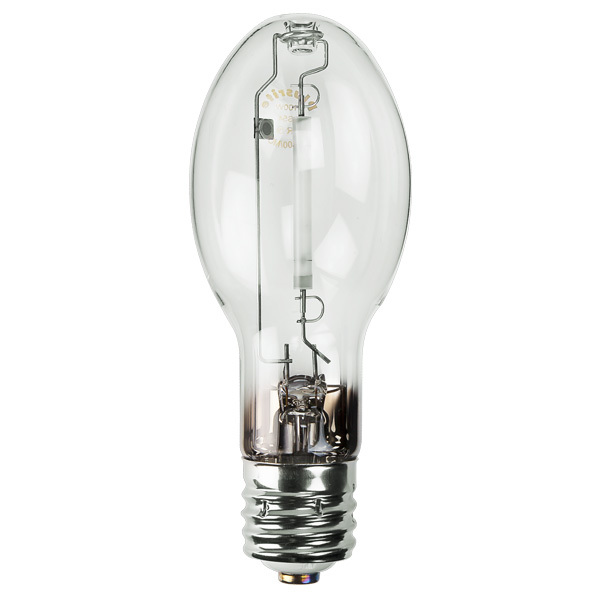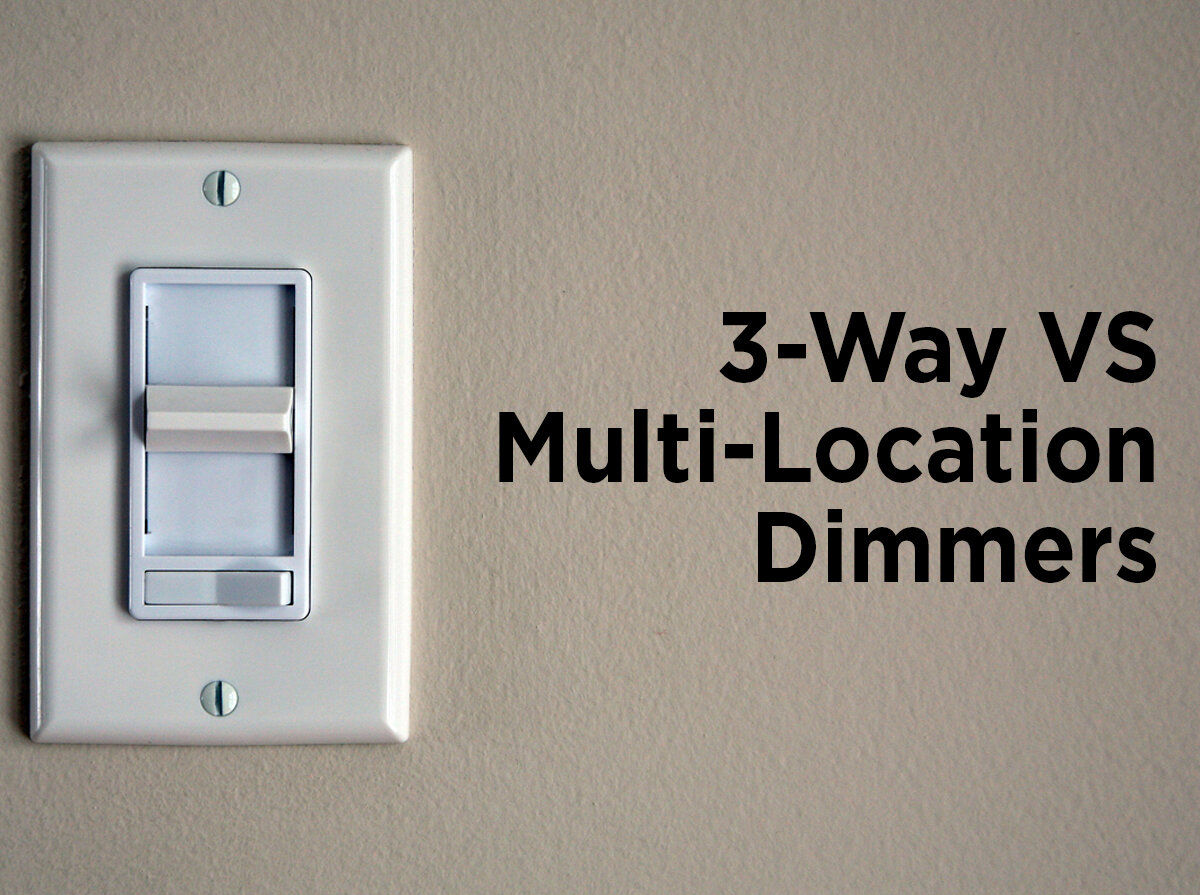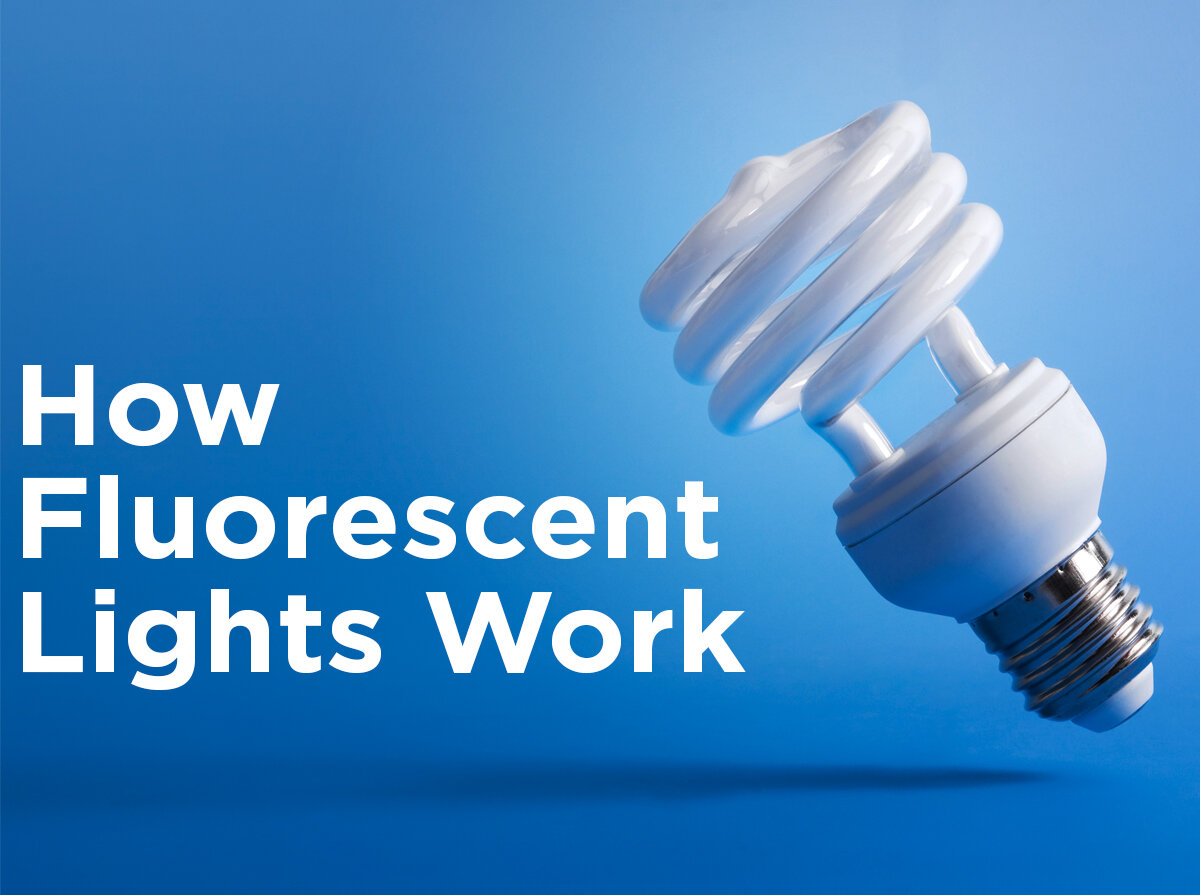How HID Lamps Work
With incandescents and fluorescent lights out of the way, we are going to cover high intensity discharge or HID lamps next. HID lamps cover a broad spectrum of lighting often used on roadways and in commercial buildings. Functionality matters more than aesthetics in the realm of HID, where the color temperature of the light tends to lean heavily towards reds or oranges but the efficacy can exceed 200 lumens per watt. HIDs are more efficient than halogen bulbs, making more light with less energy. The lifespans of the lamps are also much longer, around 10,000-24,000 hours compared to the average 2,000 to 4,000-hour lifespans of halogen bulbs. In this post we will cover the earlier HID lamps, made before the 1960s.
HID lighting has evolved to the point where there are five main types of HIDs: mercury vapor, low pressure sodium (LPS), high pressure sodium (HPS), metal halide (MH), and ceramic discharge metal halide (CMH or CDM). All of these lights share some common characteristics. Each light is considered an arc lamp like their fluorescent cousins. The differences lie in the bulb shape. Fluorescents are linear, providing a length of light, whereas HID lamps feature an oval outer casing and a metal frame which supports an inner cylindrical glass tube. Electricity jumps or arcs between two electrodes inside the glass tube filled with conductive gas which releases energy in the form of light, instead of heating a filament.
Mercury Vapor – The first commercially available HID lamp was the mercury-vapor lamp. It is a gas discharge lamp and the electric arc is sent through vaporized mercury inside the inner glass tube to produce light. Today, the arc is usually contained in a small quartz tube mounted within a larger glass bulb. Those are known as high pressure mercury vapor lamps. Low pressure mercury vapor lamps would be literally tipped to allow the electrode on either side of the tube to send electricity through liquid mercury. Although modern-day mercury lamps do have to be disposed of properly because of mercury traces and have a lower lumen per watt efficiency than HPS lamps, the color of the light is considered superior to HPS lamps. The 6800 Kelvin or bluish-white light emitted from mercury vapor lamps can last approximately 24,000 hours but some lamps may continue to operate for upwards of 175,000 hours or 40 years. You can find mercury vapor lamps indoors in high ceiling buildings like gyms as well as outside in parks and for street lighting.
Low Pressure Sodium - The LPS lamp was the first sodium lamp to be developed. The inner arc tube is actually a U-bend tube that is filled with sodium and neon gases and runs the length of the outer casing. Argon gas is included in smaller LPS lamps to help them start at a lower voltage. The neon (and possibly argon) gas lights first at a lower temperature causing the lamp to glow red. Eventually the sodium metal gas will begin to glow, turning the light into the signature monochromatic yellow color. Due to the color of the light and its poor CRI or color rendering, LPS lamps are rarely found in markets outside of Europe. Also sodium lamps are also highly combustible in air if not disposed of properly. However, they are considered one of the most efficient lamps in the world because they use all of their current to create light at the color best perceived by the human eye. Despite a rather lengthy 5-10-minute warm up time, the lumen output also does not depreciate as rapidly over time as like incandescents tend to do.
High Pressure Sodium - The HPS lamp is basically synonymous for street lighting around the world. The creation of HPS lamp followed LPS lamp, improving the color. Although the better color rendering lessens efficiency slightly, HPS lamps can be made in smaller sizes to fit many fixture types including retrofitting mercury vapor fixtures. Mercury vapor, sodium, and xenon kept under high pressure are used in an inner arc tube made of aluminum oxide ceramic. Commonly, the ballast for an HPS lamp has a built-in ignitor that sends a high voltage pulse of electricity to heat the mercury and xenon gases first. The blue light turns more yellow when the sodium heats and vaporizes. Outside of the inner arc tube, the outer casing must maintain a vacuum; however, oxygen and other gasses can seep in over time. HPS lamps might include a small, metal-like square known as a getter which keeps the vacuum stable by sucking out oxygen and unwanted gasses.
Which HID lamps do you prefer? In our next post we will cover the workings, advantages, and disadvantages of both types of metal halide lamps. If you need advice right away, don’t hesitate to call one of our 50 representatives, dedicated to providing you with easy and simple lighting solutions.










